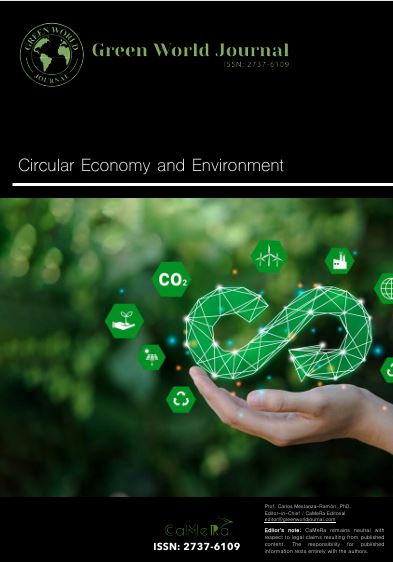Vol. 7 No. 1 (2024): Comparative Evaluation of Surveying Methods in Mining: Total Station and Photogrammetry with RPAS and Differential GPS.

Topography is a fundamental technical tool for the characterization and precise modeling of terrains in open pit mining projects, where the quality and efficiency of geospatial data are critical for optimizing operations and ensuring structural safety. For this reason, this study evaluates three topographic survey methods applied at the "Colina Verde" mine in Azogues canton: total station, aerial photogrammetry with RPAS, and differential GPS. The objective is to identify the most efficient technique in terms of time, costs, and accuracy to optimize open-pit mining topography. The research
compares aspects such as data acquisition speed, accuracy, error elimination, data export and storage, personnel safety, climatic influence, and the generation of digital models (DTM and DSM). Results indicate that although the accuracy of the methods is comparable, aerial photogrammetry excels in generating detailed topographic models, reducing field execution time, and minimizing risks associated with difficult terrains. However, it requires more time and resources for data processing. In contrast, the total station is better suited for specific objectives in accessible areas
but presents limitations in complex terrains. It is concluded that aerial photogrammetry is the most efficient alternative for projects requiring high data density and extensive areas, standing out for its speed and safety. Its combined use with traditional methods is recommended to enhance the accuracy and reliability of surveys.




